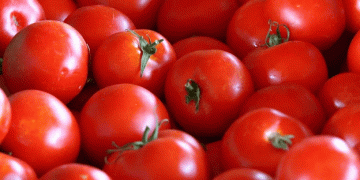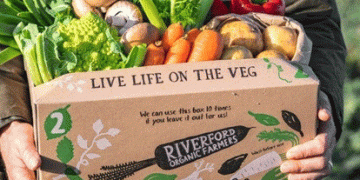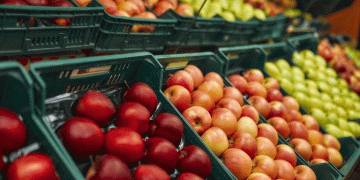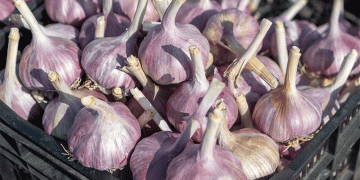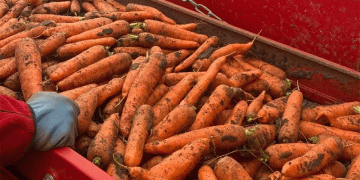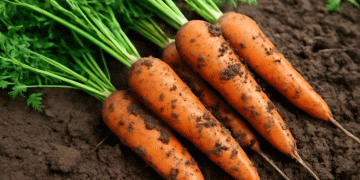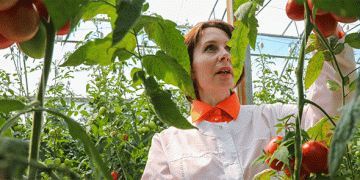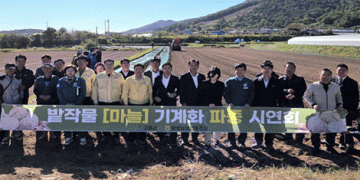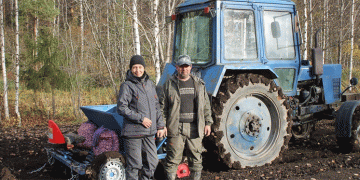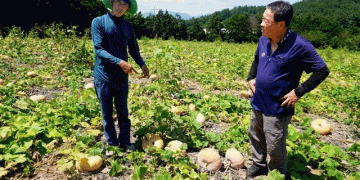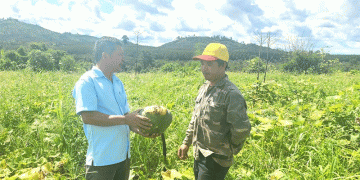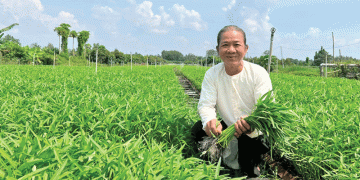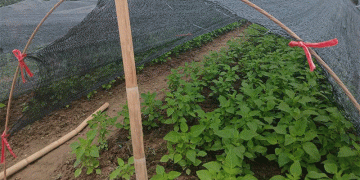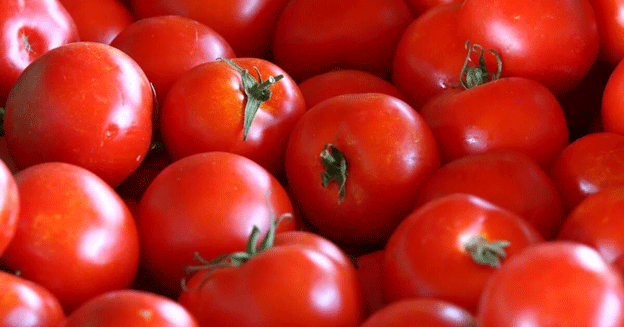In early 2025, the European tomato market is showing notable trends in supply origin, product segmentation, and pricing pressure. Key producing nations like Belgium, Spain, the Netherlands, and Italy are adjusting their exports to meet diverse European consumer demand amid early-season challenges and climatic limitations.
Beef Tomatoes: Belgium and Spain Lead
Beef tomatoes (Fleischtomaten), known for their large size and high meat content, are currently supplied predominantly by Belgium and Spain. These varieties, typically used in slicing and high-end culinary applications, are in strong demand during winter months when domestic production across much of Europe is limited. The dominance of these two countries is consistent with recent years, as Belgium’s advanced greenhouse sector and Spain’s climate-resilient open-field and protected cultivation make them reliable year-round suppliers.
According to Eurostat data, Belgium exported over 270,000 tonnes of fresh tomatoes in 2023, with a substantial share consisting of beef tomatoes destined for Germany, France, and the Netherlands.
Cherry and Vine Tomatoes: High Prices Reflect Limited Supply
Cherry tomatoes, often preferred for their sweetness and visual appeal, are arriving mainly from Italy and Spain. First shipments of cherry tomatoes in Frankfurt reached retail prices between €10 and €12 per kg—a significant jump compared to the seasonal average. These prices reflect early-season scarcity and increased logistics costs across southern Europe. In contrast, vine tomatoes (Rispentomaten) are primarily sourced from the Netherlands, Spain, and Belgium. Their consistent quality and transport resilience make them a staple in northern European wholesale markets.
Dutch greenhouse tomatoes—particularly vine and cocktail types—are increasingly favored for their uniformity and controlled production methods. Dutch growers have invested heavily in energy-efficient and high-tech greenhouses, with approximately 1,800 hectares dedicated to tomato production, 75% of which are under glass (Source: Dutch Greenhouse Growers Association).
Round Tomatoes: Turkey and Spain in Focus
Round tomatoes remain widely available, with imports from Turkey and Spain filling the gap left by limited domestic availability. Turkish tomatoes, in particular, continue to play a growing role in the German and Eastern European markets due to their cost-competitiveness. However, price pressures are mounting due to increasing production costs and currency fluctuations.
Moroccan Supply Slows Down
While Morocco has become a critical supplier of winter vegetables to Europe, including tomatoes, its presence in the current tomato market has narrowed. Cold weather conditions in Souss-Massa, Morocco’s key growing region, have led to lower yields and reduced export volumes. As reported by growers, Moroccan tomato exports have declined by up to 20–30% in early 2025 compared to the same period last year.
Market Dynamics and Pricing
Overall, the expanded availability of tomatoes from Belgium and the Netherlands has helped stabilize supply in some markets. However, prices are trending upward due to early-season supply constraints, rising energy costs, and transport bottlenecks. Occasional oversupply has temporarily curbed price increases, but strong consumer demand—especially in northern European cities—has sustained high price levels for premium tomato categories.
The European tomato market in early 2025 illustrates the complex interplay of regional specialization, climate conditions, and production costs. Belgium and Spain remain central to beef tomato supply, while the Netherlands, Italy, and Spain support vine and cherry tomato demand. For farmers and agronomists, the current season highlights the value of protected cultivation systems, supply chain agility, and varietal diversification to meet shifting market needs and consumer expectations.
